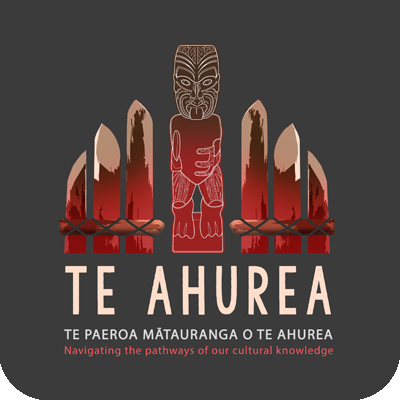Former Rewa’s Village
Hongi Hika and Rewa were chiefs of the hapū, Ngāi Tawake, part of the confederation of tribes that called themselves Ngāpuhi. Kerikeri inlet was on the perimeter of their tribal land and was their seaport, the place where they came to fish, to collect shellfish and keep their canoes.
The former village was named after Rewa, an eminent Ngāpuhi chief who grew to prominence in the early 1800’s and, along with Hongi Hika, provided patronage for the establishment of the Kerikeri Mission station in 1819. The Mission (or Kemp) house is one of the first places in New Zealand where Māori invited Europeans to live among them, and is the oldest building in New Zealand.
Rewa’s Village was an initiative by the community (led by Len and Betty Coates) to stop the further loss of land on the Kerikeri Inlet to developers in the 1970’s. The village overlooks Kororipo Pā, a terraced Pā site that encloses and shelters the Kerikeri Basin. It was once a stockaded fortress but by the 1820’s was an unfortified village where some of Hongi Hika and Rewa’s people lived.
The village first opened in January 1970, and over nearly 40 years on, the control of the land was returned to the people of Ngāti Rēhia. Under the new management, the history presented by Rewa’s Village tour guides was drawn from the people of Ngāti Rēhia, changing the narrative from a colonial perspective to a local hapū, Ngāti Rēhia perspective.
The Kerikeri Basin is culturally and historically one of the most important places in New Zealand, as the site where Māori and Pakeha first met and lived, worked and traded together. This area has now officially been named ‘Kororipo Heritage Park’.

